The Explore Scientific 4K Planetary & Deep Sky Astro Camera is a passively cooled CMOS camera that comes fitted with the new Sony IMX485 Exmor CMOS colour sensor.
Once out of the box, we were pleased to find that the camera has an entirely aluminium body with no plastic in sight.
Included in the package is a 1.25-inch nosepiece, a 1.5m USB3 cable, a 1.5m ST4 cable, a snug-fitting rubber dust cap and a software CD.
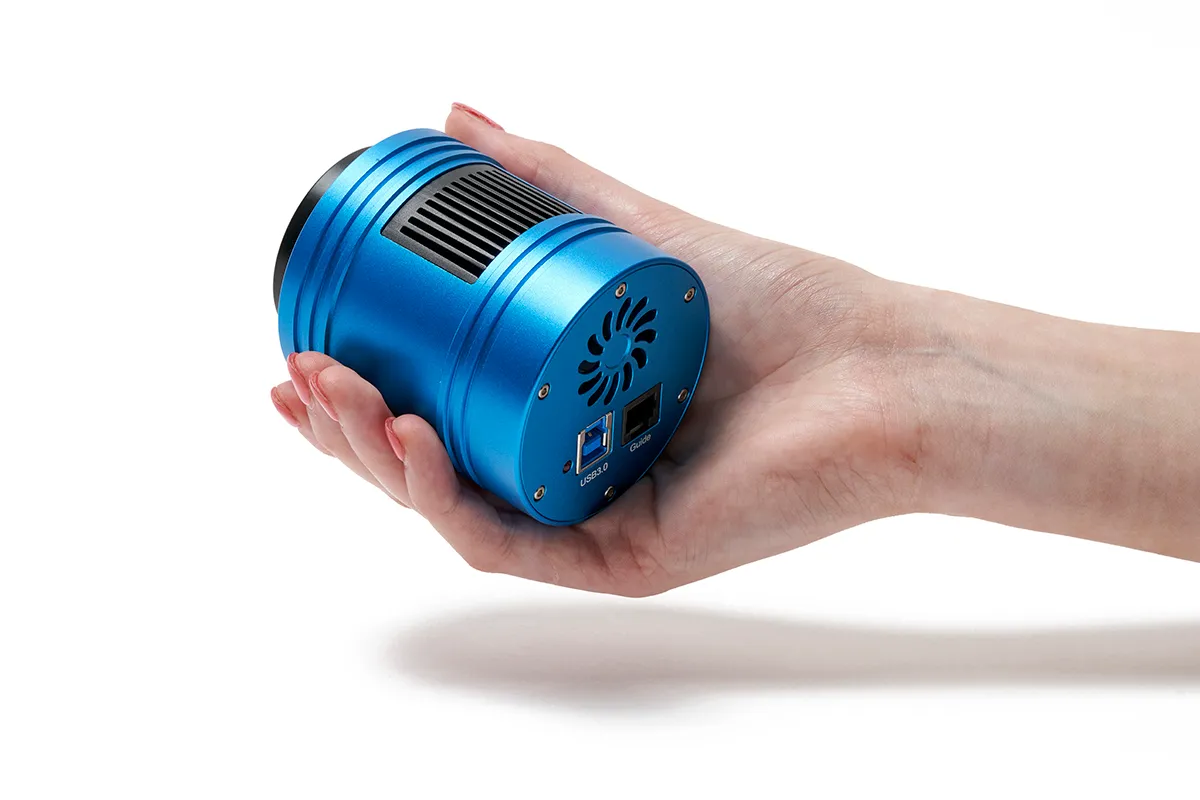
For those who don’t have a PC with a built-in CD drive, all the latest software, drivers and instruction manuals are also available to download from Telescope House’s website.
This software, called Explore Capture, has the ability to run video, a useful boon for planetary imagers, and can be switched to long-exposure settings for deep-sky imaging.
We started by running a few long-exposure dark frames to get an early impression of the level of unwanted noise artefacts present and were immediately impressed.
Using the black level and gain settings recommended in the user guide, we worked our way through different exposure lengths, up to five minutes.
Right the way through, the noise present in the images remained impressively low. However, there was a significant amount of amp glow present, visible in every image across the entire top and bottom quarters.
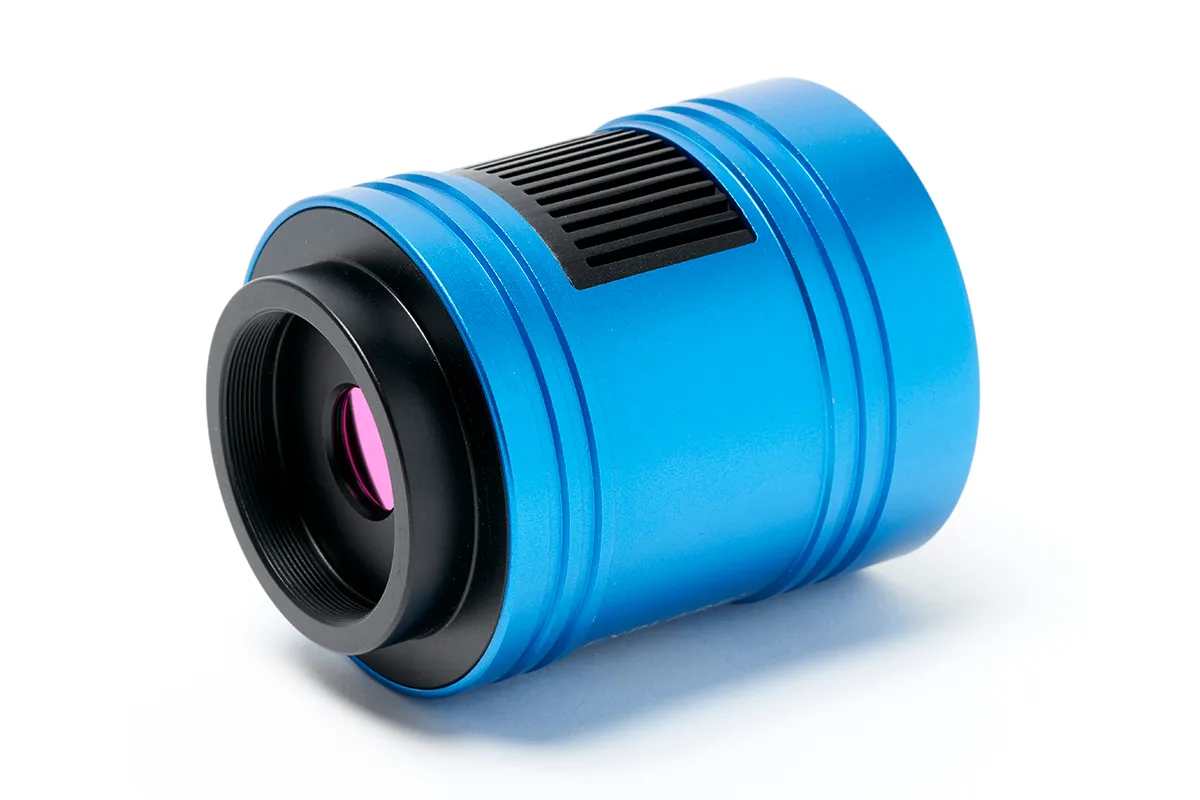
During these tests we also discovered that the 4K Planetary & Deep Sky Astro Camera was very sensitive to the computer it was plugged into.
Despite connecting to the USB3 port on our imaging PC, we couldn’t download images over two minutes long.
When we switched to video mode, we were only saving three frames per second (fps), despite it being set to capture 40 second exposures.
Switching to our laptop didn’t improve things, despite both machines having high-specification i5 processors and 8GB RAM.
Sensing that the issue could be the age of both computers, we tried another, newer PC with an i7 processor and 16GB RAM, and found that download speeds improved, but we were still limited to a maximum of 13fps at full frame.
Switching between 8 and 12 bit and saving in different file types made no noticeable difference.
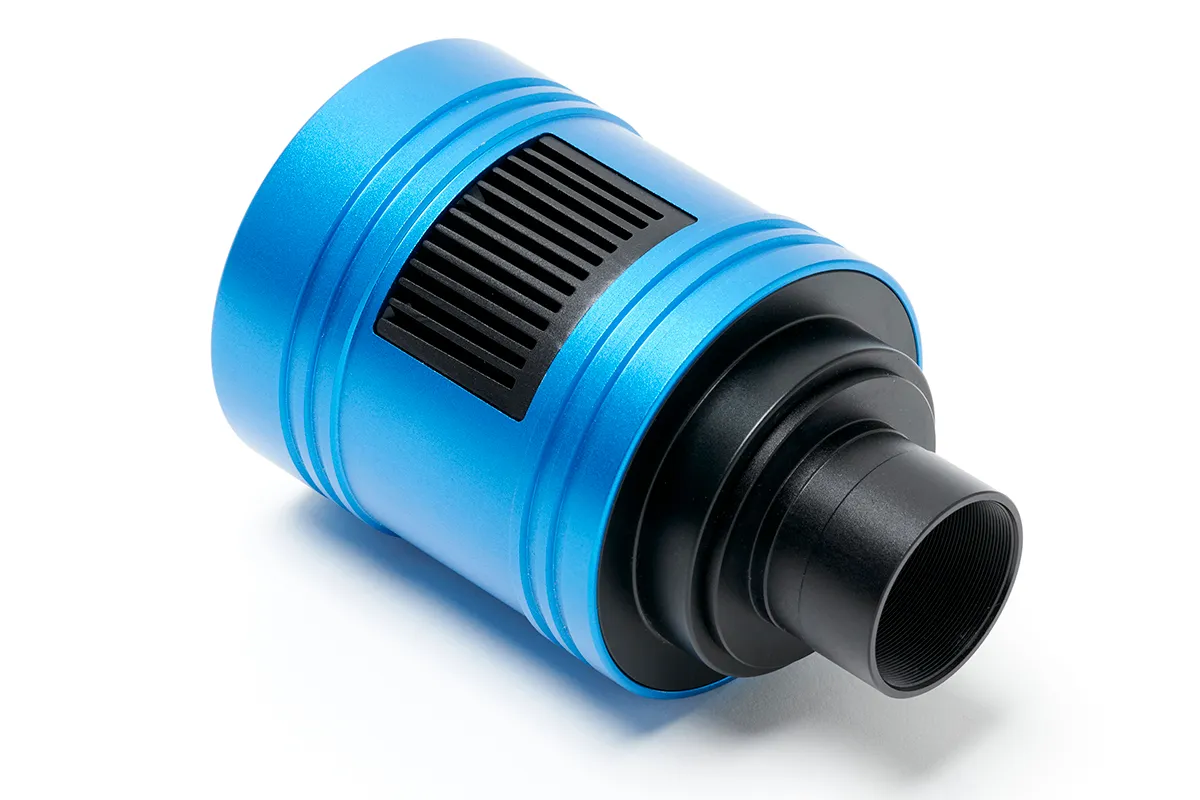
Once the skies started to darken, we fixed the camera up our 8-inch Schmidt-Cassegrain telescope and swung it up to the half Moon.
The Explore Capture software has a very good Live View function, which made alignment and focus easy, while the camera’s 8.3MP sensor had a good field of view and produced a very crisp and clean image.
With the settings on ‘Auto’ the software selected the best frame rate and gain settings for the ideal exposure of whatever area of the image we selected.
Capturing two-minute videos in both SER and AVI format gave us between 157 and 417 frames at a maximum rate of 3fps. Reducing the region of interest to 1,200 x 1,000 pixels increased the rate to 18fps.
After the Moon had set, we swapped setups and attached the camera to our 80mm refractor, slewing it to Bode's Galaxy and the Cigar Galaxy.
We were impressed to see both objects in the same field of view with Live View, which made alignment easy.
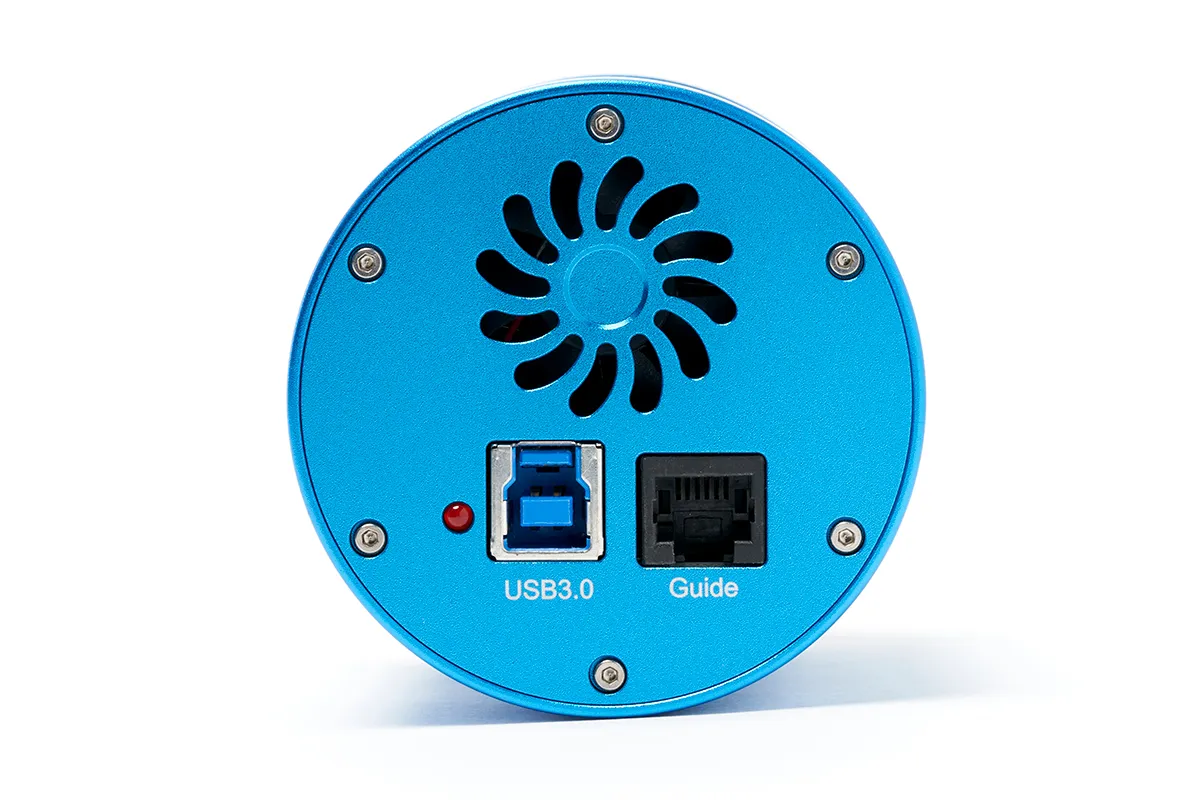
We started capturing two-minute exposures using the settings recommended in the manual, which revealed a surprising amount of detail in the two galaxies.
Upon processing the stacked image, we were a little disappointed by the amount of amp glow present, which had fully saturated the top and bottom of the image. Applying dark files did not resolve the issue.
Despite this, the Explore Scientific 4K Planetary & Deep Sky Astro Camera is a good entry-level all-rounder, which will suit those looking to do a mix of casual deep-sky and lunar astrophotography.
It may, however, leave more experienced astrophotographers a little disappointed due to the amp glow issue.
Explore Scientific 4K Planetary & Deep Sky Astro Camera image sensor
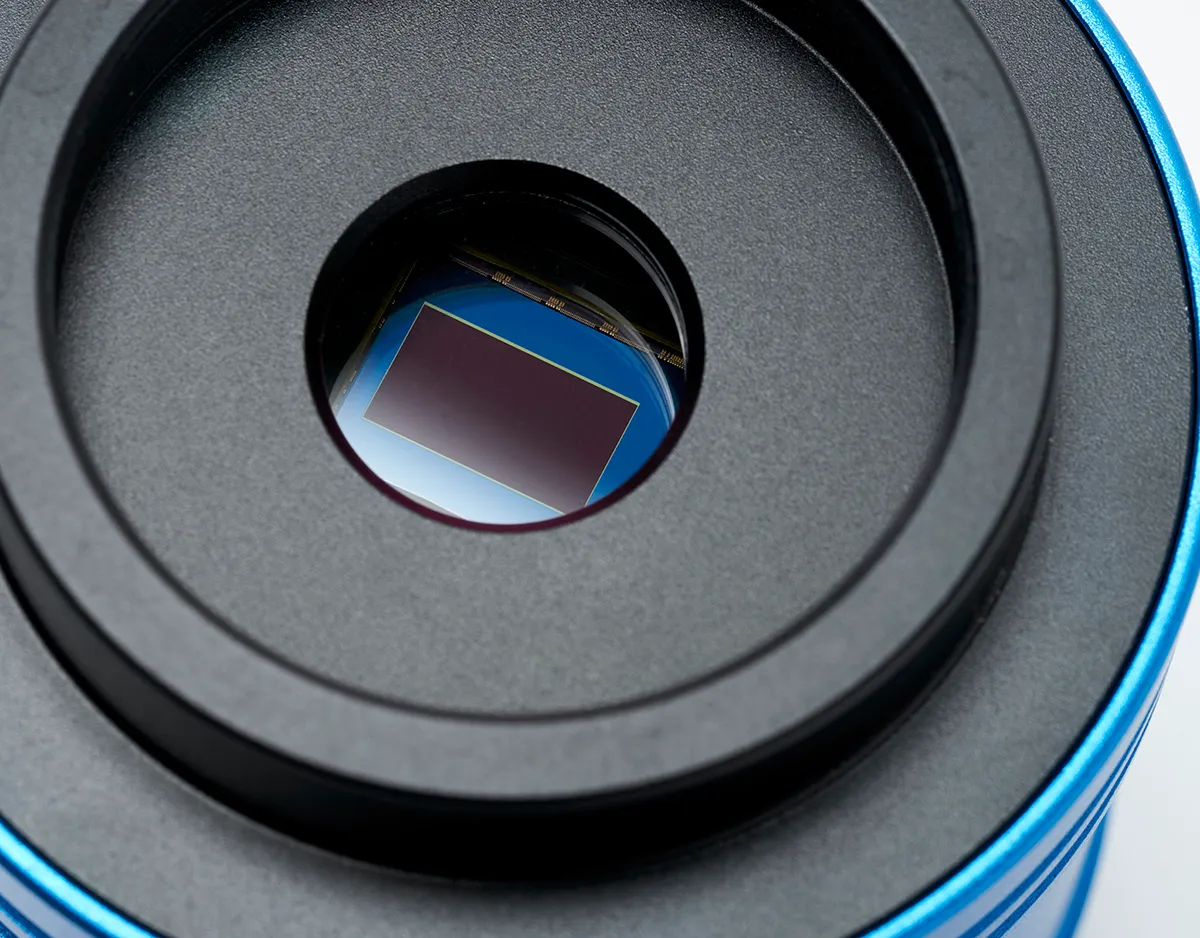
The 4K Planetary & Deep Sky Astro Camera is equipped with the latest Sony IMX485 Exmor CMOS back-illuminated colour sensor that packs 3,840 x 2,160 pixels into a sensor 11.14mm x 6.26mm in size.
The IMX485 has a pixel size of 2.9μm, which makes it a good match for refractors in the f/6–7 range, but a little small for longer focal-length reflectors that are popular for deep-sky imaging.
The Sony IMX485 has a bit depth of 8 or 12, switchable in the Explore Capture software. At 12 bit, image files are larger and so download speeds for video will be more affected.
The sensor is extremely sensitive in low light and produces very little noise, separate to the amp glow issue, even when gain is pushed above the recommended settings.
The low-light abilities of this sensor made alignment and focusing a quick and simple process, and finding a guide star was super-easy.
Both Bode’s Galaxy, M81 and the Cigar Galaxy, M82 could easily be seen in Live View, which allowed us to adjust and frame the objects with ease.
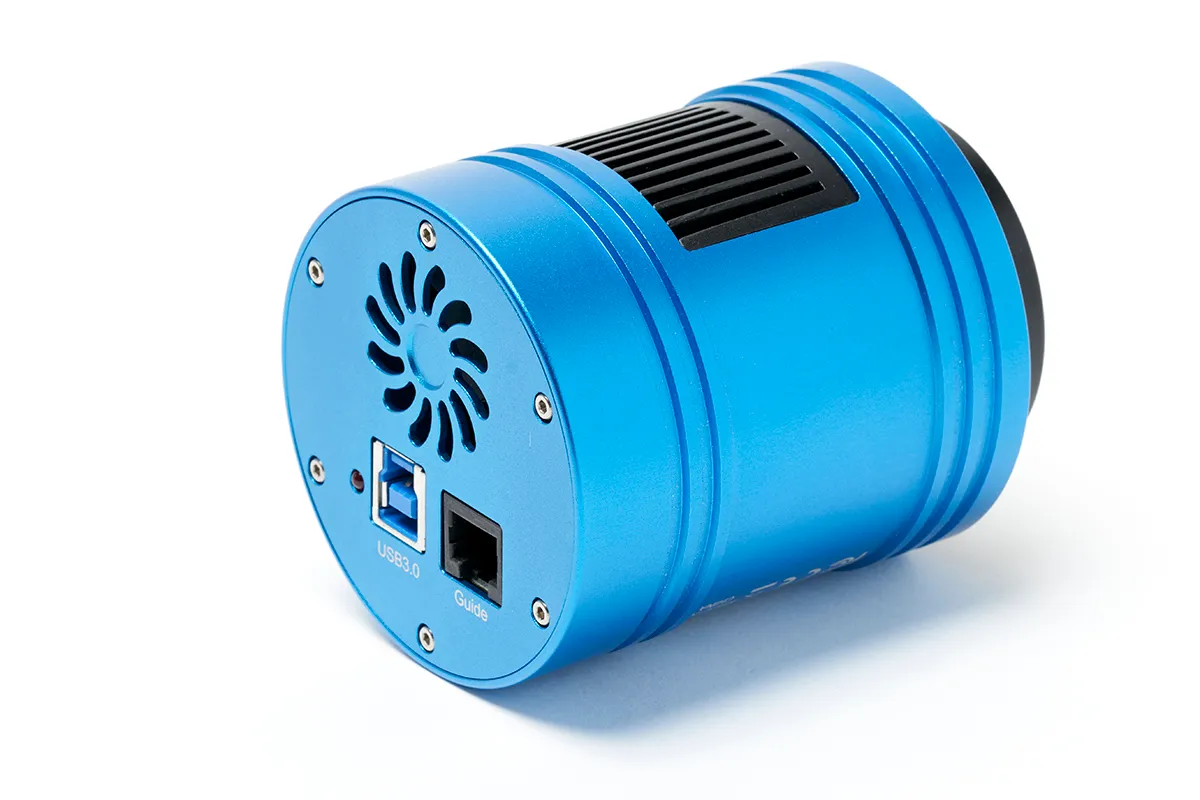
Explore Scientific 4K Planetary & Deep Sky Camera: best features
Fan cooling
This is a passively cooled camera that contains a built-in fan at the rear and a large air intake, which helps to keep the sensor cool and contributes to the low noise present in the images. The fan can be switched on or off via the included software if needed.
Compact size
The camera has a body only 86mm long by 68mm in diameter and, due to the small sensor size and aluminium construction, only weighs 300g. The small size means it can be mounted to lightweight portable setups without causing weight issues.
Connectivity
Connected and powered via a supplied 1.5m USB3 cable, the camera was easy to connect. Downloading the latest drivers and software was quick and easy, and once the camera was connected it was instantly detected by Explore Capture and ready to use.
Guider port
Located on the back of the camera is an ST4 port that allows direct connection to most telescope mounts. An ST4 cable is supplied in the box. When connected to appropriate software (not supplied) it turns the 4K Planetary & Deep Sky Astro Camera into a very sensitive guide camera.
Software
The camera comes with Explore Capture software, which has both video and long-exposure settings and a helpful Auto function to get you up and running quickly. The software also includes a handy image-editing capability which is useful for post-capture processing.
Vital stats
- Price: £533
- Sensor: Sony 8.3MP IMX485 Exmor CMOS sensor
- Output format: Image: 3840 x 2160 pixels (4K). Video: 1920 x 1080 pixels (full HD)
- Frame rate: Up to 43 and 66 fps (for video)
- Exposure range: 0.1 ms to 60 minutes
- Connectivity: USB3 and ST4 ports
- Physical size: 85 x 68mm
- Weight: 300g
- Extras: Software CD, 1.25-inch nosepiece, 1.5m USB3 cable, 1.5m ST4 cable, dust cap
- Supplier: Telescope House
- Tel: 01342 837098
- www.telescopehouse.com
This review originally appeared in the August 2022 issue of BBC Sky at Night Magazine.
